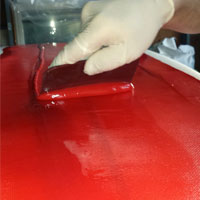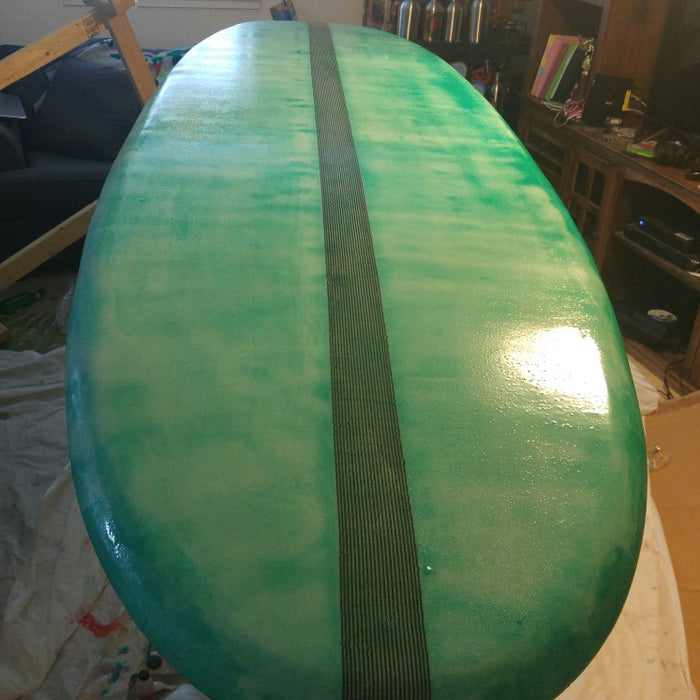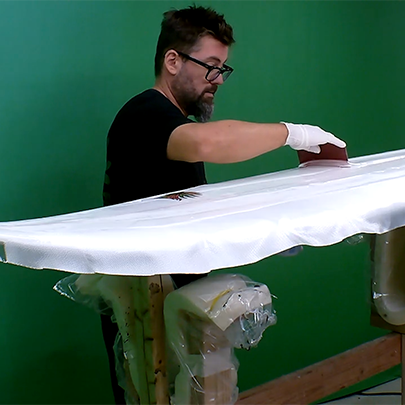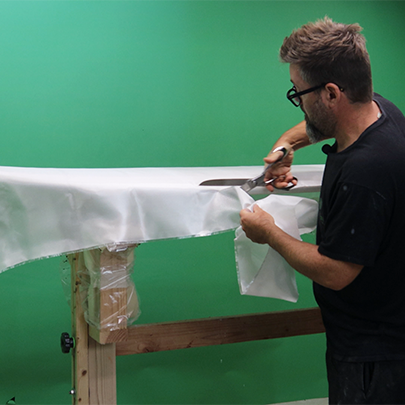
News
RSS-
 When building a surfboard, one of the most critical decisions you'll make is choosing the right resin. Resin is what binds the fiberglass cloth to the surfboard, giving it strength, durability, and a glossy finish. There are several types of resins used in the industry, each with its unique properties and benefits. In this guide, we'll explore the two most common types of surfboard resins: polyester and epoxy, with a focus on how they impact the performance and longevity of your surfboard.Read now
When building a surfboard, one of the most critical decisions you'll make is choosing the right resin. Resin is what binds the fiberglass cloth to the surfboard, giving it strength, durability, and a glossy finish. There are several types of resins used in the industry, each with its unique properties and benefits. In this guide, we'll explore the two most common types of surfboard resins: polyester and epoxy, with a focus on how they impact the performance and longevity of your surfboard.Read now -

Understanding Thermal Shock When Fiberglassing Surfboards
Fiberglassing surfboards involves applying a resin (a type of liquid plastic) to the surfboard to make it strong and smooth. However, if the resin and the surfboard blank (the foam core of the surfboard) are at different temperatures, it can cause thermal shock, leading to problems like uneven curing, orange peel texture, cracks, and air bubbles. Let's explore what thermal shock is, how it happens, and how to avoid it.Read now -

New Silmar 2880 Polyester resin is tougher and brighter!
Read nowDaryl Francis, Business Manager - West, announced today that Interplastic Corporation is offering a new acrylic modified polyester surfboard resin. “We are very excited about our new product, SIL66BE-2880, which has been tested by professional team riders in international competitions...
-

Fiberglassing with Epoxy Resin
Read nowSurfboard fiberglassing with epoxy resin is a popular method for creating a durable, lightweight, and high-performance surfboard. The process involves applying layers of fiberglass cloth and epoxy resin to the surfboard's foam core, creating a strong and stiff structure that...
-

Difference Between Epoxy and Fiberglass Surfboards
Read nowAt Greenlight, we’ve been educating surfers on every aspect of building and repairing their own surfboards since 2005… and there’s some vocabulary (and misconceptions) we need to clear up for those who might be searching for a little expert help to understanding the...




